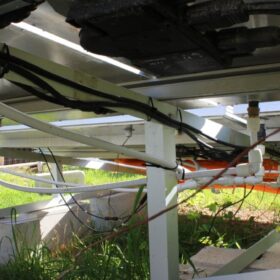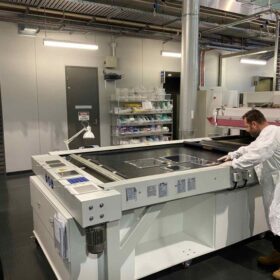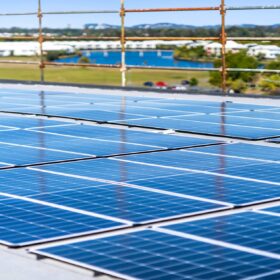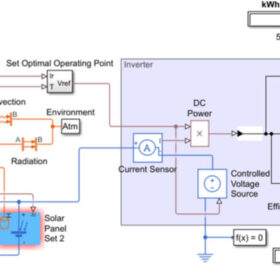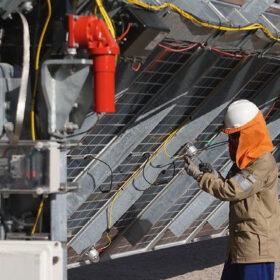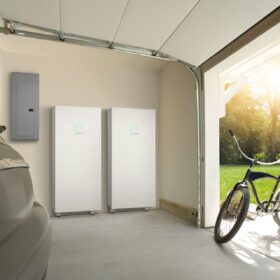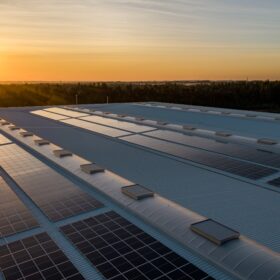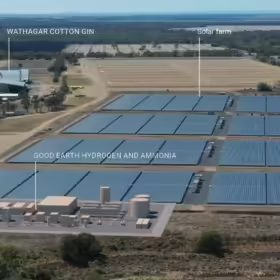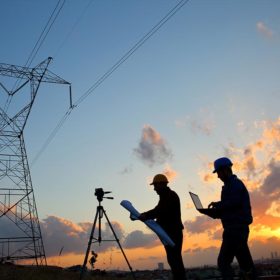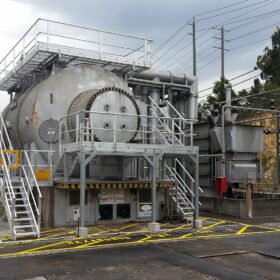Horizon increases rooftop PV access with smart software
Access to rooftop solar in Western Australia has received a boost with state-owned energy provider Horizon Power expanding the reach of an internet-connected energy management project that promises to help balance energy flows on regional microgrids.
How Australian philanthropists can help reduce global emissions by up to 9%
As the world confronts the climate crisis, Australia is grappling with reaching its decarbonisation targets while maintaining a productive and growing economy. At the same time, philanthropists are trying to understand their role in the transition and how they can support causes that will help rapidly reduce emissions.
PV module cooling tech tipped to boost net electrical energy
Scientists in Europe have created an after-market cooling solution that can be fitted to existing standard PV modules. The system is based on a water chamber placed at the backside of the module and can reportedly provide a net electrical energy gain of more than 9%.
Investor concerns remain as NEM project pipeline grows
Growth in Australia’s renewable energy sector is strong with 43 GW of new utility scale generation and storage projects working through the National Electricity Market connection process but concerns remain that uncertainties surrounding approval processes could impact investor confidence.
Data reveals dominant players in Australian battery market
Analysis by solar and storage market consultancy SunWiz has identified the most popular brand of battery energy storage systems in the Australian market with Chinese manufacturers leading the way.
UNSW team sheds new light on solar cell efficiency
A team of researchers from the University of New South Wales is confident it can get silicon solar cells to a power conversion efficiency above 30% by integrating a process that splits particles of light, or photons, into two smaller energy chunks.
GoodWe Galaxy panels provide no-penetration solution for rooftop install
A 30 kW solar array featuring GoodWe’s lightweight Galaxy series solar panels has been ‘glued’ atop a six-storey residential building on Queensland’s Gold Coast to provide a no-penetration solution that preserves the integrity of the rooftop.
New model to identify optimal power sizing ratio for solar inverters
Researchers in Malaysia have proposed a new approach to identify the optimal power sizing ratio to balance PV energy capture with inverter costs. The calibrated model is said to accurately reflect the relationship between inverter efficiency and real-world system behavior.
WoodMac says global solar tracker shipments grew by 28% in 2023
Global tracker shipments reached 92 GWdc last year, according to WoodMackenzies’ latest report, with three United States-based manufacturers, Nextracker, Array Technologies and GameChange Solar, ranking as the three largest shippers in the world.
Long-term look at albedo tipped to pay off over project lifetime
As bifacial modules proliferate, estimations of albedo are becoming more important and with developers not prepared to install weather stations to assess solar resource, a popular option has become third-party, on-site measurements over periods as short as a day. Is this an acceptable compromise between costly on-site measuring and less accurate satellite data? Everoze’s Stefan Mau discusses the potential benefits and limitations of this approach.


